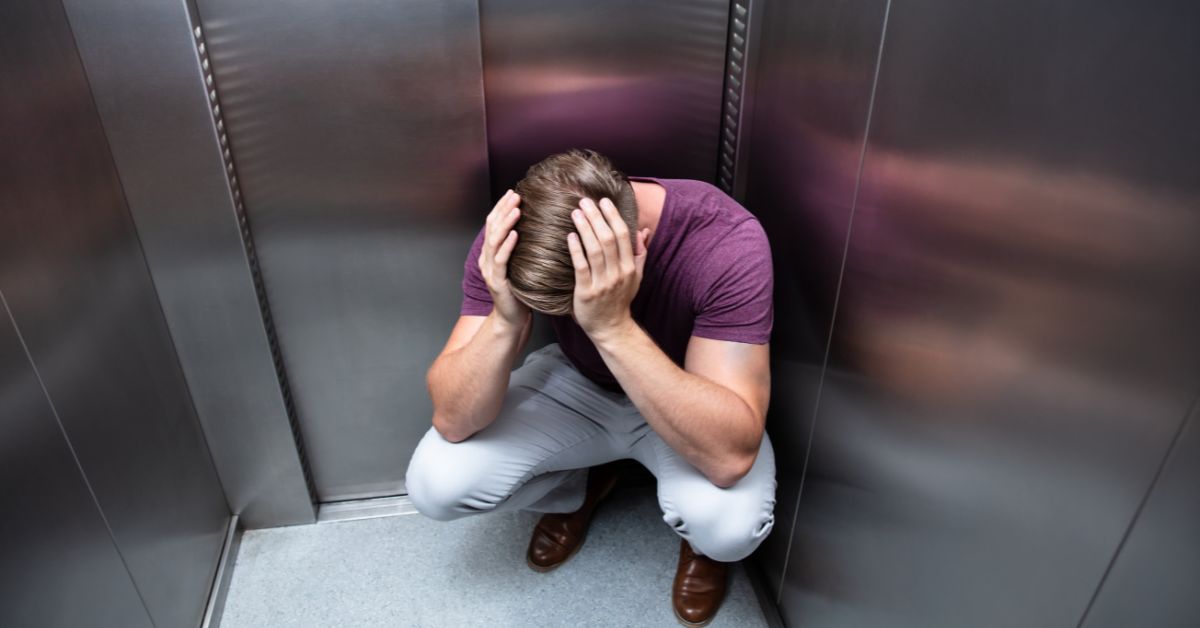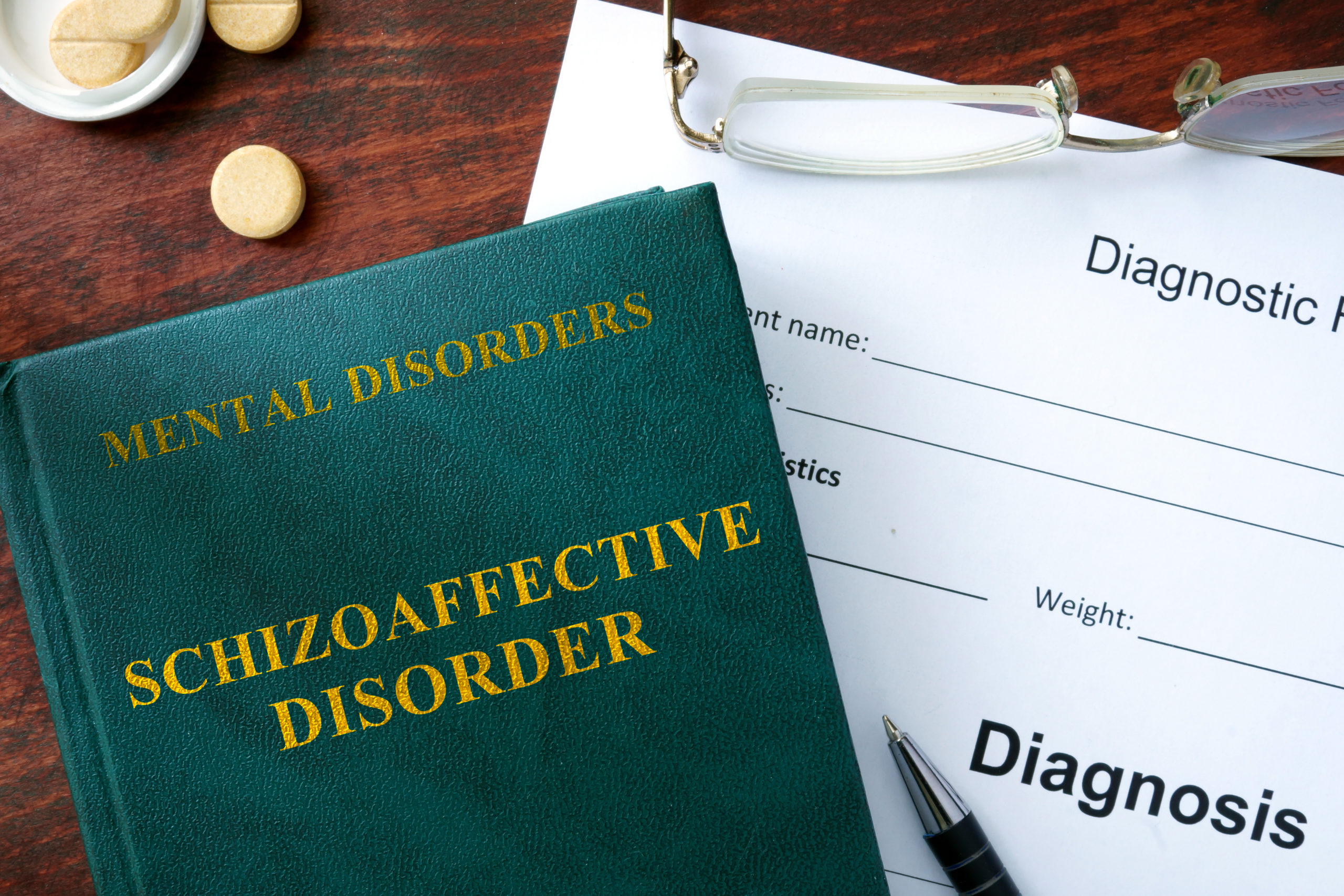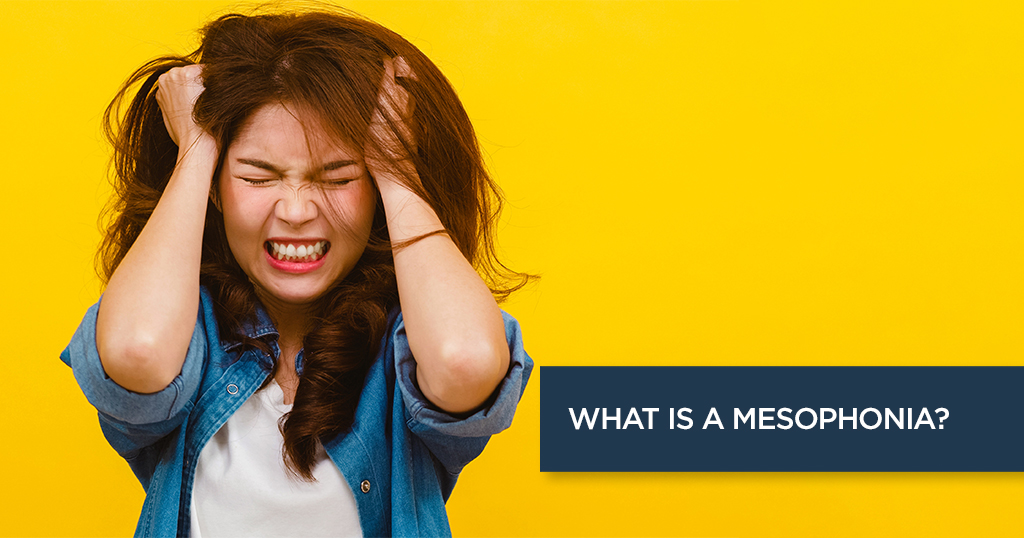Claustrophobia: Causes, Symptoms, and Treatment


Claustrophobia is an anxiety disorder in which a panic episode is triggered by an illogical dread of being trapped or confined.
What is Claustrophobia?
Claustrophobia is an anxiety disorder characterized by a strong dread of being trapped in small spaces. When certain people are in enclosed spaces of any kind, they exhibit claustrophobic symptoms. Others only notice the issue when they’re in confined spaces, such as an MRI machine.
What are the different types of claustrophobia?
Feeling claustrophobic’ is defined as a fear of confinement, immobility, or suffocation. When people suffering from this phobia are confined to a closed space, they feel anxious and have a sense of suffocation, because they assume there is an insufficient supply of air.
Request an appointment at Apollo Hospitals
1) Small Space Anxiety:
Entrapment is a common occurrence in confined spaces. Some people are afraid of all small spaces, while others are afraid of only one type. People who suffer from claustrophobia are afraid of small spaces, such as:
- Small, crowded rooms
- Basements or closets
- Tunnels or subways
- Elevators or claustrophobic stairwells
- Cars, especially when there is a lot of traffic
- Trains or planes
2) Fear of Being Restricted in Your Movements
Even when there is a substantial amount of room available, people with claustrophobia are generally scared of situations that restrict their mobility. People may be apprehensive about being confined in a barber’s chair or a dentist’s chair while having their hair cut or their teeth cleaned. They may be scared of amusement park rides such as roller coasters, or they may be anxious about crowded amusement parks where they may not be able to flee fast. If a person is afraid of being confined in their movements, he or she may refuse to wear a cast to treat a broken bone.
3) Suffocation fear
Suffocation is a fear shared by many people who are scared of being confined to small rooms. Such individuals may assume there is insufficient oxygen in this closed space and fear that they may devour it all, preventing them from breathing. Individuals who are afraid of suffocating may remove pieces of clothes during a panic attack because it gives them the impression of being able to breathe easier.
What are the common symptoms of claustrophobia?
Symptoms related to claustrophobia commonly occur during adolescence. Fears of running out of oxygen, not being able to breathe properly and distress at being confined can all be triggered by the thought of being in a closed environment.
When a person’s anxiety levels become high, they may begin to experience:
- chills and sweating
- lightheadedness, dizziness, and fainting
- hyperventilation
- bursts of heat
- trembling or shivering, and a feeling of “butterflies” in the stomach
- nausea
- a choking sensation, chest tightness, and chest pain
- an urge to use the restroom
- confusion or disorientation
When should you seek medical attention?
If your fear of confined areas is interfering with your regular activities, seek treatment from a mental health expert. A psychologist, therapist, or anxiety expert can help you. You can learn to manage your reaction to events you formerly dreaded, with the correct treatment.
Request an appointment at Apollo Hospitals
Call 1860-500-1066 to book an appointment
What causes claustrophobia?
The exact origin of claustrophobia is unknown. Environmental factors could play a significant role and people usually develop claustrophobia during their youth or adolescence.
Claustrophobia may be linked to amygdala dysfunction, the portion of the brain that governs how we experience fear. Things that can trigger claustrophobia are:
- being trapped in a small or crowded space for an extended period of time
- experiencing turbulence while flying
- being punished by being locked in a small space, such as a bathroom
- being stuck on crowded public transportation
- being accidentally left in a small space, such as a closet
If you grew up with a claustrophobic parent or family member, you’re more likely to develop claustrophobia.
Common risk factors that can lead to claustrophobia
Things that could exacerbate the condition include:
- Having other family members who are dealing with the same issues
- Other mental health issues, such as anxiety, are present.
What are the complications associated with leaving claustrophobia untreated?
In small spaces, people with claustrophobia might feel exceedingly uncomfortable and anxious. Panic attacks can be terrifying, and they can be so severe that a person may strive to avoid such situations that trigger these symptoms.
What are the treatment options available?
Psychotherapy is the most common treatment for claustrophobia. Counseling can help you manage your anxiety when they are triggered.
Consult your Apollo doctor to determine which sort of therapy will be most effective for you.
1) Cognitive behavioral therapy (CBT)
A cognitive behavioral therapist will educate you on how to regulate and change negative thoughts that emerge from claustrophobia-inducing events. You can adjust your reaction to these events by learning how to manage your feelings of anxiety when they are triggered.
2) Rational emotive behavioral therapy (REBT)
REBT is a kind of CBT that focuses on the present moment and is action-oriented. REBT helps people build realistic and healthy alternatives by addressing negative attitudes, emotions, and actions, as well as refuting erroneous beliefs.
3) Visualization and relaxation
When facing a claustrophobic situation, therapists will teach you different relaxation and visualization strategies. Exercises such as counting down from ten or visualizing a safe location are examples of these techniques. These approaches may assist you in calming your nerves and reducing your anxiety.
4) Exposure therapy
Exposure therapy is a frequent treatment for anxiety and phobias. You will be placed in a non-dangerous setting that provokes your claustrophobia in order to address and overcome your anxiety in this therapy. The theory is that the more you are exposed to something that worries you, the less fearful you become of it.
5) Medication
To help manage fear and anxiety, your doctor may prescribe anti-depressants or anti-anxiety medicines. Medications are frequently used in conjunction with therapy when prescribed.
How can you prevent claustrophobia?
Many people who suffer from claustrophobia tend to avoid situations that make them feel trapped and uncomfortable. However, avoiding such situations may not be a viable long-term solution because you may find yourself facing a similar situation unexpectedly.
Here are a few tips to deal with an attack:
- Slowly and deeply inhale and exhale, while counting to three with each breath
- Concentrate on something neutral, such as the passing of time on your watch
- Remind yourself that your feelings of worry and anxiety will pass
- Visualize a peaceful place or moment
A Note from Apollo Hospitals/Apollo Group
Claustrophobia is a type of situational phobia, characterized by an irrational and intense fear of being trapped in confined or crowded environments. Claustrophobia can be provoked by a variety of factors, including:
- Being confined inside a room with no windows
- Trapped in a crowded elevator
- Navigating a clogged freeway
Even though claustrophobia is not a panic disorder, it might make you feel like you’re having a panic attack. Claustrophobia may go away on its own.
Frequently Asked Questions
1) How is claustrophobia diagnosed?
Your doctor will ask about your symptoms and medical history, as well as do a physical examination. They will look into any type of irrational fears as well as evaluate
- Triggering factors
- Panic attacks in response to the fearful scenario
2) Which doctor should be consulted?
A psychologist or a psychiatrist should be consulted for claustrophobia.
3) How do you differentiate between regular fear and phobia?
Children may be terrified of being alone in a dark room, but this does not indicate that they have a phobia. Childhood concerns are normal, but if they continue to avoid situations after they have grown up, you can consider it a phobia.
© Copyright 2024. Apollo Hospitals Group. All Rights Reserved.
 +91 8069991061
Book Health Check-up
Book Health Check-up
Book Appointment
Book Appointment
+91 8069991061
Book Health Check-up
Book Health Check-up
Book Appointment
Book Appointment







